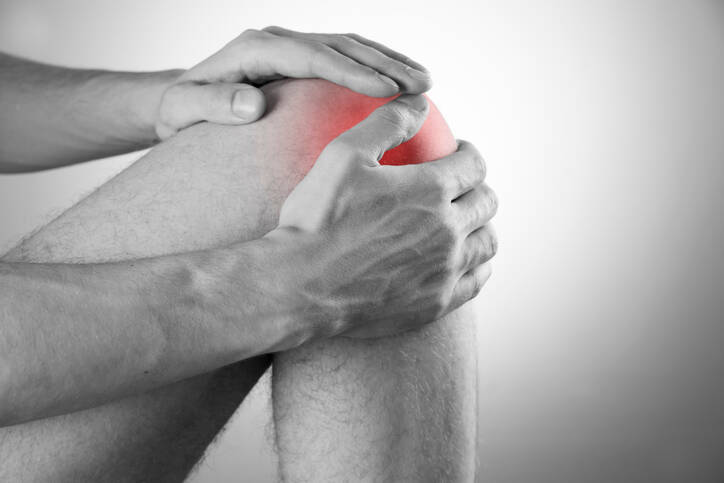- Hagino, Tetsuo; Wako, Masanori; Ochiai, Satoshi (1 October 2011). "Arthroscopic washout of the ankle for septic arthritis in a three-month-old boy". Sports Medicine, Arthroscopy, Rehabilitation, Therapy & Technology. 3 (1): 21. doi:10.1186/1758-2555-3-21. PMC 3192658. PMID 21961455.
- Horowitz, DL; Katzap, E; Horowitz, S; Barilla-LaBarca, ML (15 September 2011). "Approach to septic arthritis". American Family Physician. 84 (6): 653–60. PMID 21916390.
- "Arthritis, Infectious". NORD (National Organization for Rare Disorders). 2009. Archived from the original on 21 February 2017. Retrieved 19 July 2017.
- El-Sobky, T; Mahmoud, S (July 2021). "Acute osteoarticular infections in children are frequently forgotten multidiscipline emergencies: beyond the technical skills". EFORT Open Reviews. 6 (7): 584–592.
- Swarup, I; LaValva, S; Shah, R; Sankar, WN (February 2020). "Septic Arthritis of the Hip in Children: A Critical Analysis Review". JBJS Reviews. 8 (2): e0103.
- Mitha, A; Boutry, N; Nectoux, E; Petyt, C; Lagrée, M; Happiette, L; Martinot, A; Hospital Network for Evaluating the Management of Infectious Diseases in, Children,.; Dubos, F (February 2015). "Community-acquired bone and joint infections in children: a 1-year prospective epidemiological study". Archives of Disease in Childhood. 100 (2): 126–9. doi:10.1136/archdischild-2013-305860. PMID 25187492. S2CID 20492549.
- Brischetto, A; Leung, G; Marshall, CS; Bowen, AC (February 2016). "A Retrospective Case-Series of Children With Bone and Joint Infection From Northern Australia". Medicine. 95 (8): e2885. doi:10.1097/MD.0000000000002885. PMC 4779023. PMID 26937926.
- Kim, J; Lee, MU; Kim, TH (April 2019). "Nationwide epidemiologic study for pediatric osteomyelitis and septic arthritis in South Korea: A cross-sectional study of national health insurance review and assessment service". Medicine. 98 (17): e15355.
- Okubo, Y; Nochioka, K; Testa, M (November 2017). "Nationwide survey of pediatric acute osteomyelitis in the USA". Journal of Pediatric Orthopedics. Part B. 26 (6): 501–506.
- Nguyen, Alex; Kan, J. Herman; Bisset, George; Rosenfeld, Scott (March 2017). "Kocher Criteria Revisited in the Era of MRI: How Often Does the Kocher Criteria Identify Underlying Osteomyelitis?". Journal of Pediatric Orthopaedics. 37 (2): e114–e119.
- mayoclinic.org - Septic arthritis
- webmd.com
- nhs.uk
- ncbi.nlm.nih.gov - Acute Septic Arthritis
- healthline.com - Infectious (Septic) Arthritis
Septic Arthritis: Manifestations of Painful Infectious Joint Inflammation

Photo source: Getty images
Most common symptoms
- Back Pain
- Joint Pain
- Leg Pain
- Increased body temperature
- Fever
- Bone Pain
- Limb pain
- Malaise
- Indigestion
- Muscle weakness
- Fatigue
- Accelerated heart rate
Show more symptoms ᐯ
How is septic arthritis treated? Medications, antibiotics, rehabilitation
Show moreSeptic Arthritis is treated by
Other names
purulent arthritis, bacterial arthritis, infectious arthritis, arthritis purulenta, septic arthritis










